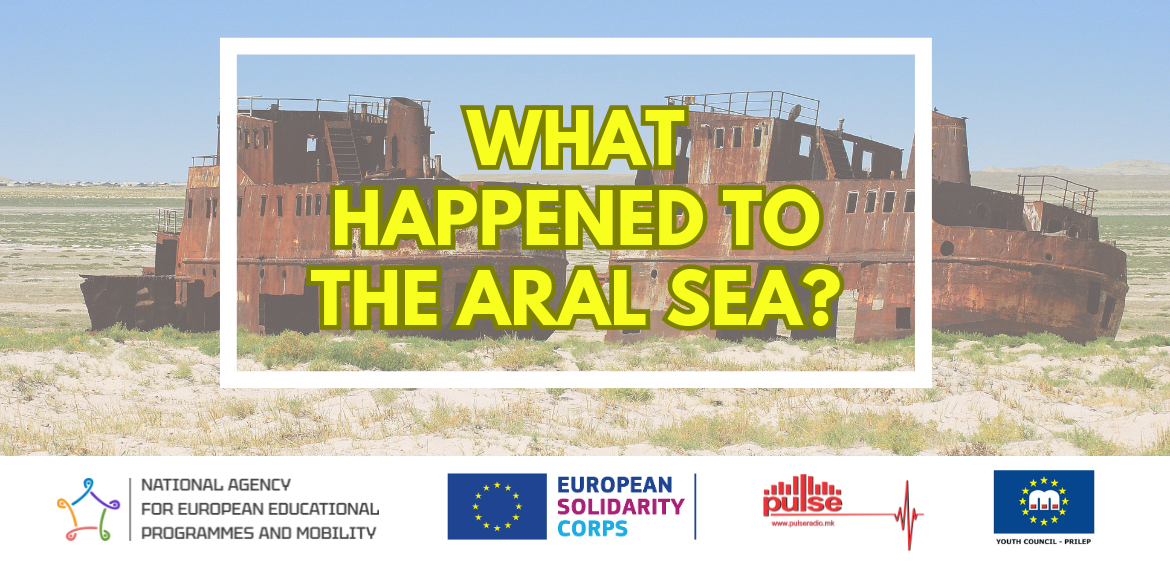Our ESC Volunteer Betul Unal wrote a blog about "Man-made Environmental Disaster in Aral Sea in Kazakhstan - Uzbekistan border". She chose to study a topic about "Environmental Problems Around All Over the World".
The town of Aral was the epicenter of this region’s once prosppeous industry. It’s hard to imagine just 40 years ago, there was a bustling fishing in this region. Some people have interviewed with indigenious people who lived in the region and most of local person talked about that there was a beautiful sea with waves coming up to the beach, it was pretty wonderful and there were no fish in the Soviet Union like the fish in Aral. People from there have thought that gradually life would get better. Also, the rivers that fed the sea they diverted to irrigate plantations created during the Soviet era. Since the 1960s over 99% of the sea has disappeared the exposed seabed extends for 100s of kilometers leaving ships marooned in this newly created desert.
Aid from the World Bank has been used by the government to build the dam at the sea Northernmost tip. The dam is now at full capacity and altough it has not brought the sea back to the town of Aral and it has help other local communities by the late 90s only 8 houses were left in this village out of 90 houses but when they built the dam it improved people are coming from all over the place and fishing. In Aral, people are hopeful that one day, the sea will come back to their town too and provide the future for their children. Some people believe that the sea will return others insist that it will not maybe my grandchildren’s grandchildren will see what’s here. For the indigenous people, the disappearance of the Aral Sea was a tragedy and they are still coming to terms with it.
To sum up, the gradual retreat of the Aral Sea shoreline and the drying up of the Syr Darya’s deltaic region exposed toxic fertilizer and salt residues to the winds, devastating local plant and animal life and causing serious health problems among the human population. Apart from that, the Aral Sea desiccation period was accompanied by climate change. Before the desiccation period, the Aral Sea regulated the climate in the region by softening strong Siberian winds in the winter, and cooling off the area in the summer.
The exact temperature increase resulting from the Aral Crisis is difficult to measure because the entire of Central Asia region has seen an increase in air temperature, so the effects due to the Aral Sea were not isolated. It would seem unlikely that an inland sea in Uzbekistan-Kazakhstan border could affect something so vast as earth’s climate. Yet the truth is that the shrinking sea and salty dust storms have already changed the climate in the region to the point of an unlikely return to the stability once present in the area.
ESC Volunteer Betul Unal


